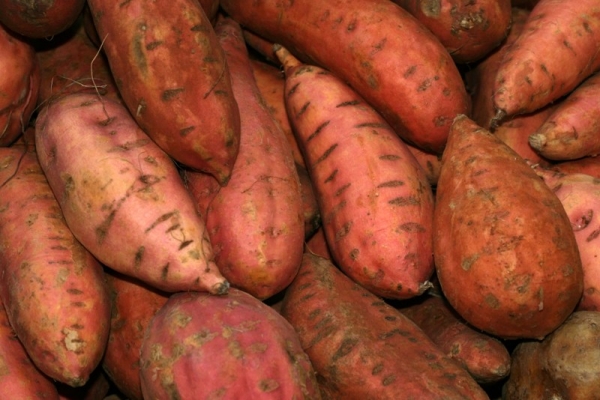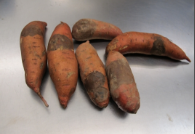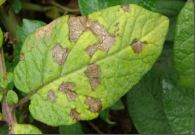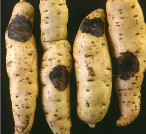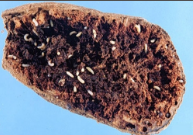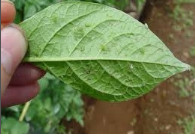General Information
The botanical name of Sweet potato is Ipomoea batatas. This crop is mainly grown because of its sweet taste and starchy roots. The tubers are rich source of beta-carotene and are used as anti-oxidants. It is an herbaceous perennial vine having lobed or heart shaped leaves. Its tubers are edible, smooth skin, tapered and long. It has wide color range of tuber skin i.e. purple, brown, white and purple which contains wide range of flesh i.e. yellow, orange, white and purple. In India about 2 lakh of land is under cultivation of sweet potatoes. In Bihar, West Bengal, Uttar Pradesh and Orissa are the major growing states in India.The botanical name of Sweet potato is Ipomoea batatas. This crop is mainly grown because of its sweet taste and starchy roots. The tubers are rich source of beta-carotene and are used as anti-oxidants. It is an herbaceous perennial vine having lobed or heart shaped leaves. Its tubers are edible, smooth skin, tapered and long. It has wide color range of tuber skin i.e. purple, brown, white and purple which contains wide range of flesh i.e. yellow, orange, white and purple. In India about 2 lakh of land is under cultivation of sweet potatoes. In Bihar, West Bengal, Uttar Pradesh and Orissa are the major growing states in India.

